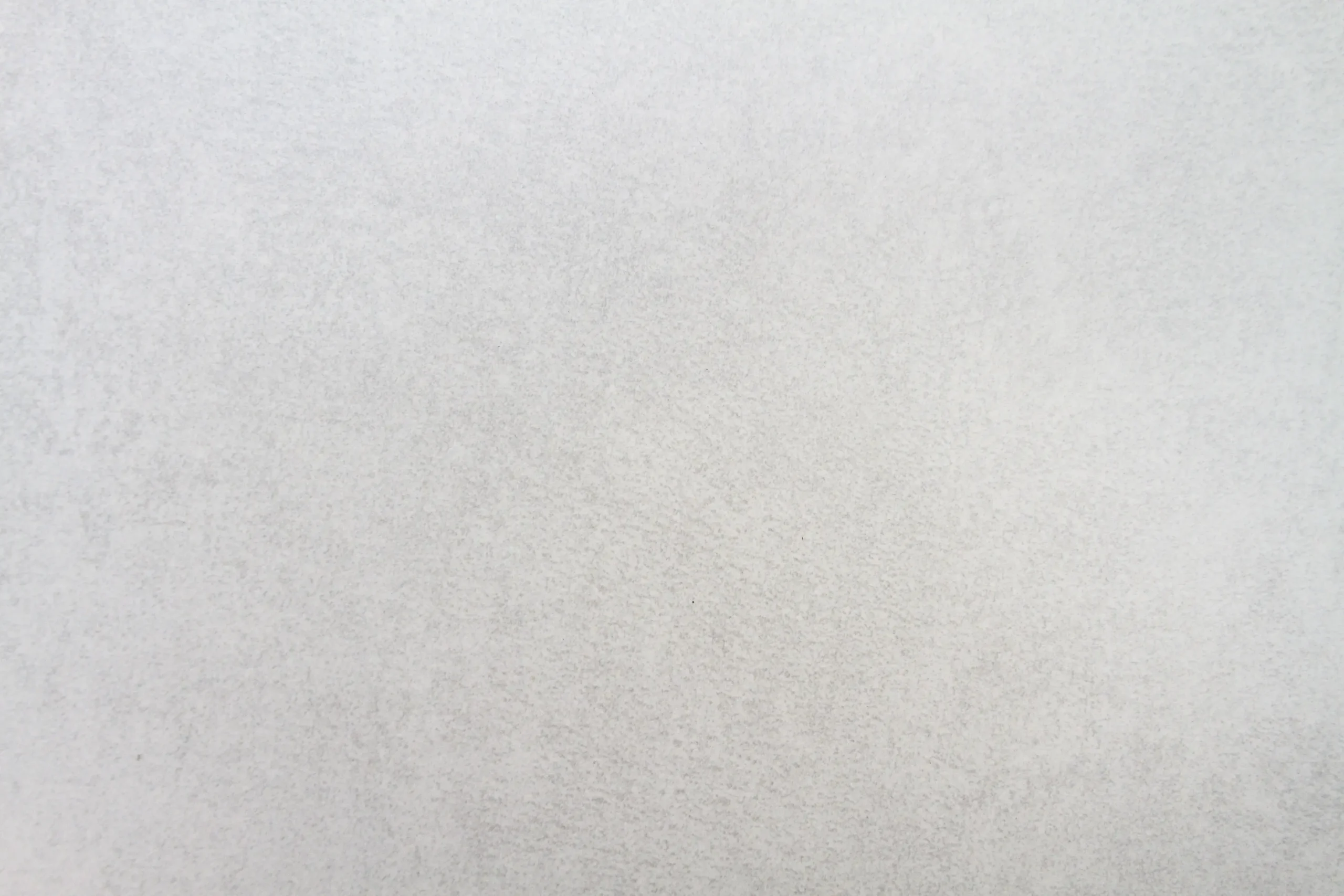*NOTE: climate and weather conditions can cause great variance on the actual lifespan of a roof.
Choosing a roof and roofing material is an important step in your building process. While all materials have their benefits and drawbacks, it is important to pick the material that will best fit your needs and match your vision for the building.
We’ve made a list of 13 types of roofing materials and listed their longevity. For material you may not be familiar with, we have also included facts you’ll need to know when considering which type of roof to select so that it fits your requirements for longevity, appearance, weight bearing, durability, and shape.
1) EPDM (10-15 years)
The first on our list is EPDM, which is known in the industry as the rubber roof. While EPDM has a shorter durability than other materials, the benefit of this material is that it is quite affordable. EPDM is often one of the most popular roofing choices, and it absorbs heat quite easily which can increase utilities on the building.
2) Modified Bitumen (10-20 years)
This is a multi-ply roofing material that can be hard to install but once it has been, the building benefits from its multiply layer structure. Like the EPDM, the modified Bitumen also absorbs heat rapidly.
3) Build-Up (15-20 years)
The build-up roof, or the tar & gravel roof, includes piles of alternating layers of bitumen (which is either coal, tar, asphalt or some sort of sealant) with the other layers being made of gravel or other similar materials. The large benefit to these roofs is that they can hold a lot of weight and allow for heavier traffic on the roof; however, the downside along with this is that there needs to be great stability to hold the roof.
4) PVC (15-30 years)
The PVC style is potentially the most popular flat roof material as these roofs are quite strong and durable. These roofs consist of thermoplastic material that feature seams that are heat welded, making it incredibly strong with a minimum breaking point of 300 lbs/inch. The PVC is a great choice for durability but can also be quite expensive due to its longevity and strength.
5) Silicon (Up to 20 years)
Silicon is a great material that is also referred to as a spray-on roof. The roof is built from converting silicon to a spray and then literally spraying it on. A large advantage of this type of material is that it makes a seamless roof, but unfortunately, converting silicon to a spray is not a cheap endeavor which makes this material pricy.
6) Asphalt (20 years)
These roofs are often in the form of shingles, commonly found on residential housing.
7) TPO (20+ years)
TPO stands for Thermoplastic Roofing and these roofs are highly energy efficient, and they have high resistance to damage including fire, chemical, punctures, and winds. These roofs are popular because of their low price with the combination of high durability.
8) Clay/Concrete (25 years)
Density of these roofs vary from time and temperature heated, which results in many styles, colors, and finishes that come in clay and concrete roofs.
9) Solar (25+ years)
Solar roofs are a newer design but come with the benefit of solar energy. While the initial durability of the material is listed as around 25 years or more, this is still new and it could be much longer, there just isn’t enough information to tell yet. These roofs are a great way to conserve energy and have the potential to increase your roof’s lifetime.
10) Wooden Shakes (30 years)
These come from various types of pines, cedar, redwood, and cypress trees.
11) Green (30-50 years)
These flat roofs covered with vegetation can extend your roof life by protecting the membrane. They also improve insulation to the building and are planted over waterproof roof membranes.
12) Slate (50+ years)
Slate roofs both come in many colors and can also change colors due to weathering.
13) Metal (40-60 years)
Tried and true metal roofs come in with the best longevity lasting anywhere from 40-60 years.
When choosing your commercial roof material, it is important to take into account all aspects of the material’s durability, longevity, appearance, weight bearing, and if it can be shaped to the design you have in mind. If you need help choosing the right roof type for you, or you’re ready to move to the next step, contact us at Kodiak Roofing today!

